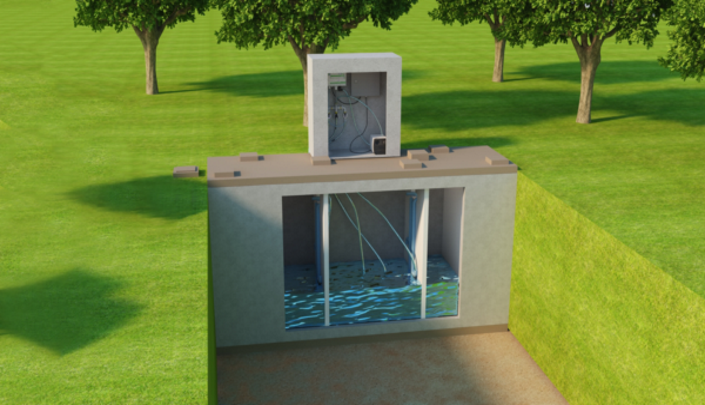

Genex Utility management can aid Waste Water Treatment Plants conquer 4 important Challenges Clean water is a necessary asset for people and their environments throughout the world.
Those who offer productive solutions for wastewater treatment play a key role in returning clean, safe water back to its source.
Operational Performance is always of foremost significance in treatment provisions and this has driven revolution in the sector for fairly some time. Recently, great progress has been made in the development of powerful technologies but challenges still remain.
1. Energy Consumption
Energy consumption is one of the biggest expenses involved in operating a wastewater treatment plant. Wastewater treatment is estimated to consume 2 - 3% of a developed nation’s electrical power, or approximately 60 TWh (terawatt hours) each year. In municipal wastewater treatment, the greatest proportion of energy is used in biological treatment, generally in the range of 50 - 60% of plant usage.
The solution
Alterations in biological treatment processes have the potential to significantly reduce the energy demand at a treatment plant. Some examples of solutions include; use of fine screens in primary treatment; membrane technology for the oxygenation process; and direct treatment of high absorption return streams.
2. Staff
Operators of wastewater treatment facilities must be competently trained and recognized individuals. They are on call 24 hours a day and are responsible for supervising everything from pipe leaks and valves to electrical and instrumentation equipment. This work becomes especially demanding during changes occurs as influential and seasonal terms.
The solution
While there will always be a need for the physical presence of staff to be responsible for the running of activities at treatment facilities, operator management can constitute up to 30% of the operational expenses of a wastewater treatment plant. Arriving technologies driven by OPEX reduction are employing the merits of automation which lowers the necessity of operator engagement.
3. Sludge Production
Sludge is the residue released during physical, chemical and biological treatment. A key environmental challenge for wastewater treatment is the discarding of excess sludge produced at the time of the process.
The solution
Safe and deep-rooted solutions for the destination of sludge produced by wastewater treatment plants are an essential element of a continuous functioning facility. The recycling of sludge, holding convenient organic matter and nutrients in agriculture is held as the best solution. Some more modern treatment technologies are even able to reduce the burden of sludge by lowering its production.
4. Footprint
Activated sludge treatment has many demanding requirements- one of the biggest being the footprint it demands. Activated sludge plants are expensive to build and occupy considerable land areas. Primary and Secondary processes depend upon vast tracts of land for large and expensive settling tanks and aeration basins. Due to populations constantly rising, municipal wastewater treatment plants need to expand their potential too!
The solution
Highly Integrated technologies that use smaller process basins by lifting the quantity of biomass per unit volume via the addition of media for bio-film attachment (such as IFAS and MABR) or increasing the biomass concentration (such as MBR) are leading the way in reducing footprint. Smaller footprint means land cost savings, but it also means reducing CAPEX (less concrete, steel, and equipment).
While there are many more challenges posed to wastewater treatment plants, these are the 4 key issues mostly faced by customers. Genexutility service finds dissolution to all the answers of the challenges discussed above.















